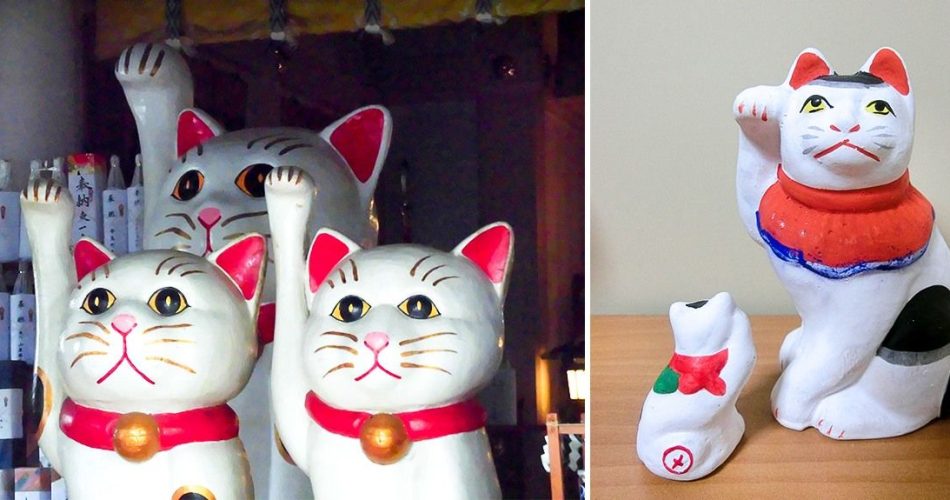Cats have long held a special place in Japanese culture, not only as beloved companions but also as mystical creatures intertwined with folklore and the supernatural. In the world of Japanese myths, cats are often depicted as powerful beings capable of shape-shifting, possessing otherworldly abilities, and acting as omens or agents of misfortune. Two of the most notable supernatural cats in Japanese folklore are the bakeneko and the nekomata. These mythical cats have become iconic symbols in Japanese storytelling, representing both the eerie and the enigmatic aspects of feline nature.
The Bakeneko: The Shape-Shifting Cat
The bakeneko (literally “changed cat” or “monster cat”) is one of the most famous and feared supernatural cats in Japanese folklore. This creature is said to begin its life as a normal cat, but as it grows older, it may transform into a much more sinister being with various powers. The transformation into a bakeneko is often linked to certain conditions or behaviors that set the cat apart from its ordinary counterparts, such as living too long, being mistreated by its owner, or simply acquiring magical powers through time.
The bakeneko is infamous for its ability to shape-shift, which allows it to take on a human form or assume an even more grotesque or terrifying appearance. In its human form, it might assume the guise of a young woman, often with the intention of deceiving or harming humans. This shape-shifting ability has long been associated with the mysterious and elusive qualities that cats are known for—something about their stealthy nature and seemingly otherworldly gaze led people to believe that they could transcend the physical world and become supernatural beings.
Beyond shape-shifting, bakeneko are also believed to possess powers that include speaking, controlling fire, and cursing their enemies. In some versions of the legend, a bakeneko can cause death or illness by casting a curse, while in other stories, it is said to cause household misfortune by bringing bad luck to the people around it. The bakeneko’s ability to summon spirits and bring misfortune reflects the deeply rooted association in Japanese folklore between cats and the supernatural.
One of the most famous tales involving a bakeneko is the story of the bakeneko who seeks vengeance for its owner’s death. In this tale, a cat becomes furious when its owner dies and is not properly mourned or respected. The cat, upon transforming into a bakeneko, wreaks havoc on the family, sometimes killing those who mistreated its owner, or causing widespread misfortune to the household. This myth highlights the cat’s connection to both vengeance and the spiritual world, with its transformation from an innocent pet into a powerful and vengeful entity.
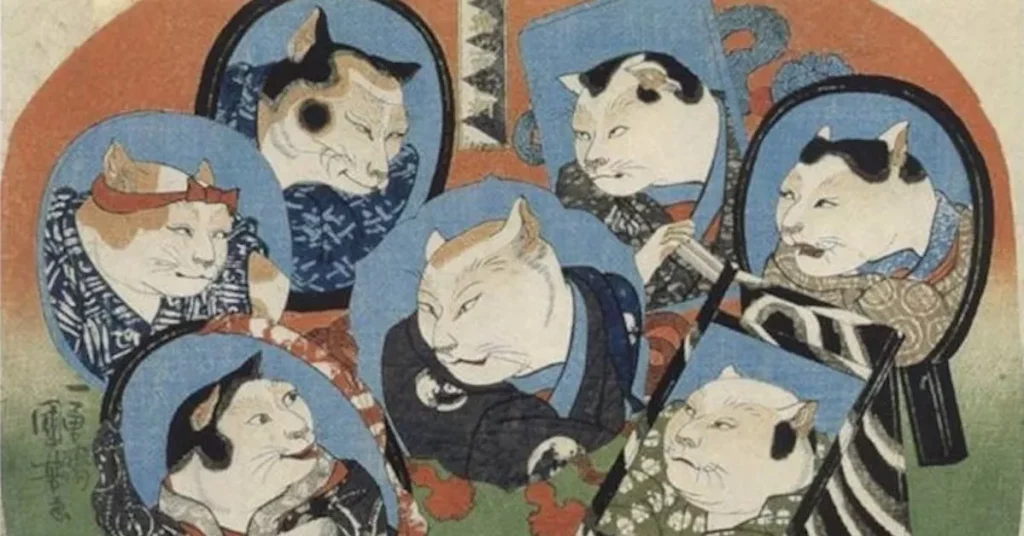
The Nekomata: The Two-Tailed Terror
The nekomata is another prominent supernatural cat in Japanese folklore, though it is often regarded as more dangerous and fearsome than the bakeneko. The nekomata is typically described as a cat that has grown old and developed an extra tail. This two-tailed form is one of the key characteristics of the nekomata, and it plays a significant role in its transformation into a creature of malevolence and power.
According to legend, when a cat lives for a long time or becomes extremely resentful, it may grow a second tail and gain the ability to use dark magic, often taking control of the souls of the dead or manipulating them in eerie and terrifying ways. The nekomata is also said to have the power to control fire, summon spirits, and cause chaos in the lives of those around it. It is a creature of vengeance and power, and its actions often have disastrous consequences for the people it encounters.
One of the most chilling aspects of the nekomata myth is its ability to manipulate the dead. In many stories, the nekomata is said to be capable of raising the dead and commanding them to do its bidding. The spirit of the deceased is said to be under the cat’s control, often resulting in horrifying scenes of restless souls or bodies being reanimated under the command of the cat. The nekomata’s supernatural abilities reflect the deep fear and respect that cats commanded in Japanese culture, where they were believed to walk between the realms of the living and the dead.
The nekomata is also linked to the notion of isolation and misfortune. It is often said that once a cat becomes a nekomata, it abandons human society and retreats to the mountains or deep forests, where it becomes a solitary and powerful force. This connection between the nekomata and isolation reflects a broader theme in Japanese folklore: the belief that beings who separate themselves from human society can become vessels of immense power, both good and bad.
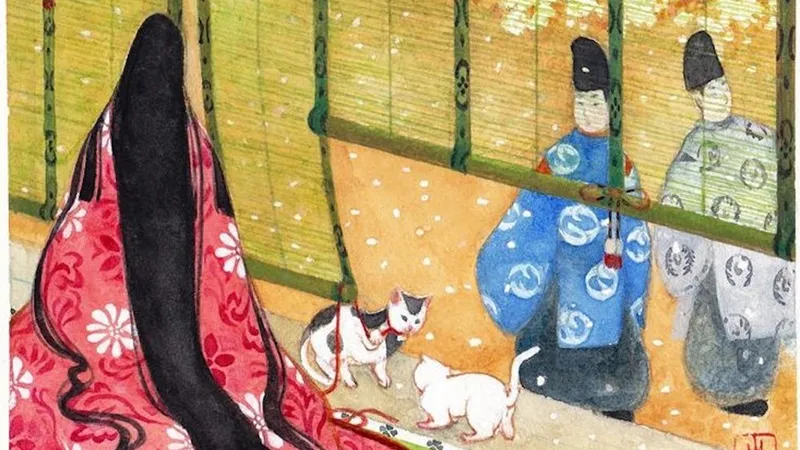
The Role of Cats in Japanese Folklore: Mysticism, Power, and Warning
The bakeneko and nekomata are just two examples of how cats are depicted in Japanese folklore as both mystical and dangerous creatures. These myths highlight the complex and ambivalent nature of cats in Japanese culture. Cats are simultaneously revered for their grace and beauty, while also feared for their ability to transcend the natural world and become beings with supernatural powers.
The mysticism surrounding cats in Japanese folklore can be traced back to the cat’s behavior and physical characteristics. Cats are known for their ability to move silently, their glowing eyes that appear to pierce the darkness, and their nocturnal habits. These traits contributed to the belief that cats could interact with realms beyond the physical world. Their enigmatic behavior was interpreted as a sign of their connection to spirits, gods, and the supernatural.
Moreover, the two-tailed nekomata and shape-shifting bakeneko embody the concept of transformation, a common theme in many folktales and myths. In Japanese culture, transformation often carries both positive and negative connotations. It can represent growth, change, and transcendence, but it can also signify corruption, revenge, or loss of humanity. Cats, with their ability to alter their form and nature, embody this duality, existing in both the human and supernatural realms. Their transformations from harmless pets into vengeful, powerful creatures serve as cautionary tales about the potential for change to bring both blessing and curse.
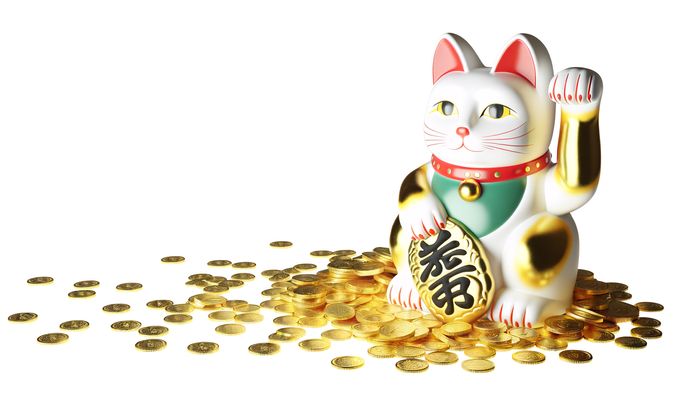
Cats in Contemporary Japanese Culture
The bakeneko and nekomata continue to be popular figures in modern Japanese culture, appearing in films, anime, manga, and literature. These mythical cats are often reinterpreted in new contexts, sometimes as forces of evil and other times as playful or misunderstood creatures. However, the core themes of transformation, power, and mystery continue to resonate with audiences.
One of the most famous contemporary depictions of a mythical cat in Japanese culture is in the Studio Ghibli film Kiki’s Delivery Service, where a black cat named Jiji plays a companion role to the young witch Kiki. Though Jiji is not a bakeneko or nekomata, the portrayal of cats in modern media often taps into their mystical and symbolic associations. Additionally, the widespread popularity of the Maneki-neko, the beckoning cat figurine, demonstrates that while Japan continues to embrace the magical and protective qualities of cats, there remains a fascination with their otherworldly roles as well.
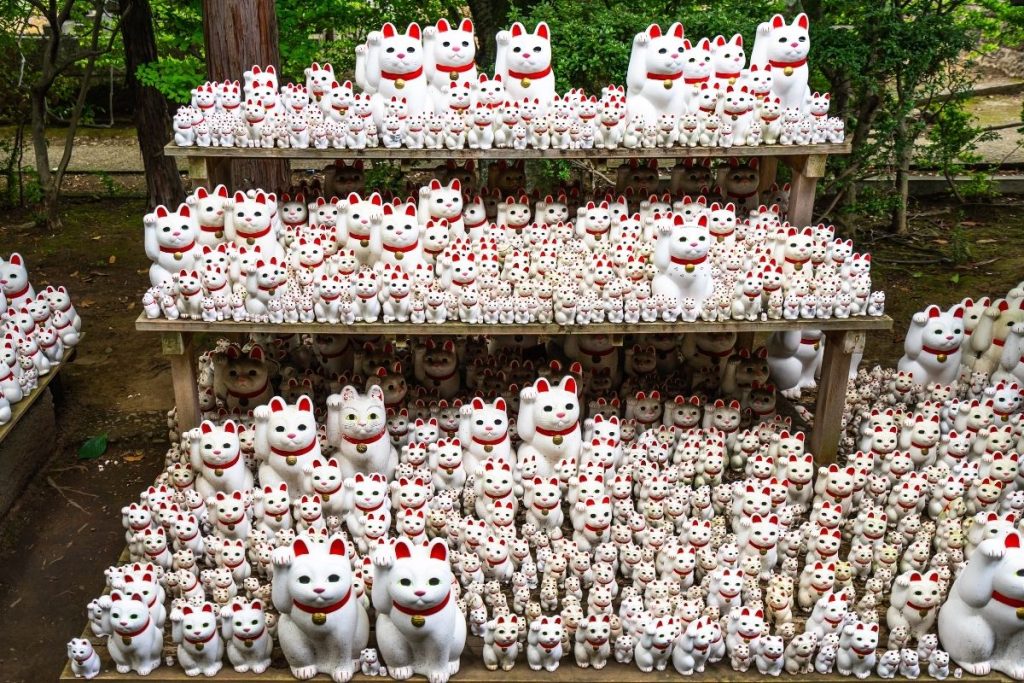
Conclusion: Cats as Gatekeepers of Mystery and the Supernatural
In Japanese folklore, cats like the bakeneko and nekomata embody the mysterious and supernatural qualities that have long been associated with these enigmatic creatures. Whether shape-shifting, wielding dark magic, or summoning spirits, these mythical cats reflect the complex and ambivalent nature of cats in human culture—both beloved companions and fearsome guardians of the unknown. Through these stories, cats serve as symbols of transformation, power, and the delicate balance between the known and the mysterious. As both protectors and tricksters, the bakeneko and nekomata continue to captivate and intrigue, their legacy enduring in the fabric of Japanese myth and culture.
